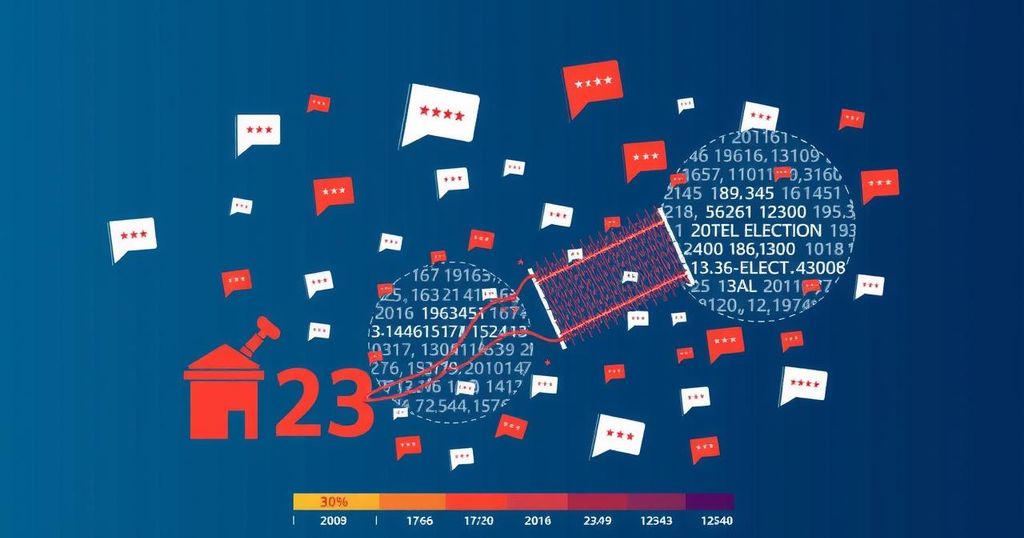Understanding the Political Landscape: The Democrats’ Loss to Trump Explained

The recent electoral outcome underscores the profound discontent among American voters, leading to Donald Trump’s re-election. Despite successful messaging by Democrats, longstanding incumbency has provoked a backlash, resulting in increased support for radical changes proposed by Trump. Voter sentiments are influenced by global trends and dissatisfaction, necessitating a reevaluation of Democratic strategies to connect with the electorate effectively.
The 2016 election was a significant setback for America’s liberal sentiment, but the latest electoral outcome resonated with a feeling of gloomy acceptance rather than invigorated resistance. The re-election of Donald Trump might herald transformative top-down changes in the nation, despite the unpredictability of his agenda. The Democratic campaign effectively highlighted crucial issues via Project 2025, yet the American electorate expressed concerns about inflation and immigration, prompting a resurgence in support for Trump and his sweeping policy proposals, which include extensive deportations and substantial budget cuts. Liberals have struggled to comprehend the relentless closeness of the race, attributing it to factors ranging from public ignorance to campaign missteps, including President Biden’s waning popularity and concerns over his age. Nevertheless, a crucial element lies in the Democratic Party’s recent history of holding the presidency for twelve out of the last sixteen years, painting them as incumbents facing an inevitable anti-establishment backlash in a politically restless era. Moreover, the Republican Party, historically challenged in securing popular votes, has been propelled by a global trend where voters increasingly reject incumbencies, seeking alternatives to traditional governing parties. This ongoing sentiment has inexorably contributed to the recent electoral dynamics, prompting a reevaluation of strategies as the electorate appears to yearn for change, irrespective of political alignment. In summary, America’s political landscape is significantly influenced by the historical context of party dominance and widespread voter dissatisfaction. As the political climate continues to evolve, addressing these underlying sentiments will be imperative for future Democratic campaigns looking to reconnect with the electorate and counteract emerging challenges effectively.
The analysis presented centers around the implications of the recent electoral results and the reasons behind the Democratic Party’s failure to secure a victory against Donald Trump. It explores the deep-seated political trends in America, especially the historical context of party control and its impact on voter sentiment. The commentary highlights the psychological influences on voters stemming from prolonged Democratic dominance and an overarching global trend of disenchantment with incumbents, which shapes today’s electoral contests.
The re-election of Donald Trump signals a profound shift in American politics driven by voter demand for change amid a climate of incumbency fatigue. The Democratic Party’s longstanding control has left them vulnerable to anti-establishment sentiments, evidenced by the public’s embrace of Trump’s radical proposals. Moving forward, an introspective reassessment of campaign strategies aligned with voter concerns will be crucial for Democrats to regain popularity and navigate the changing political terrain effectively.
Original Source: www.nytimes.com







